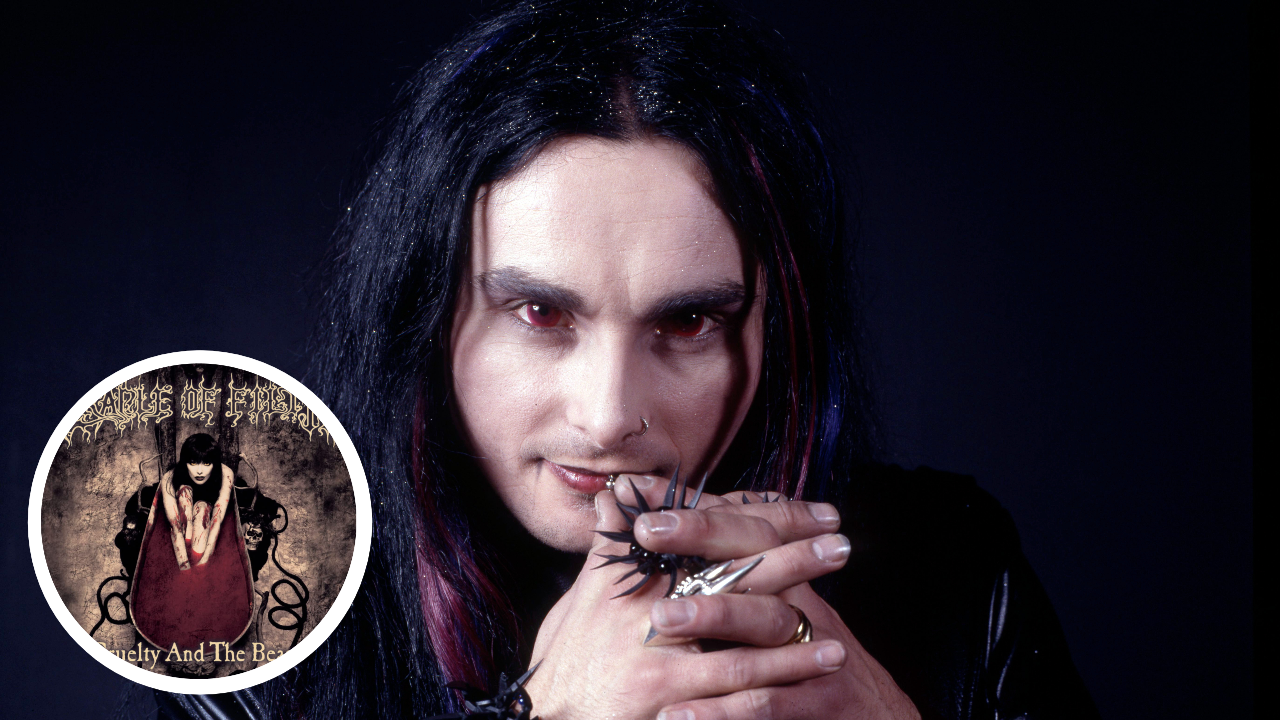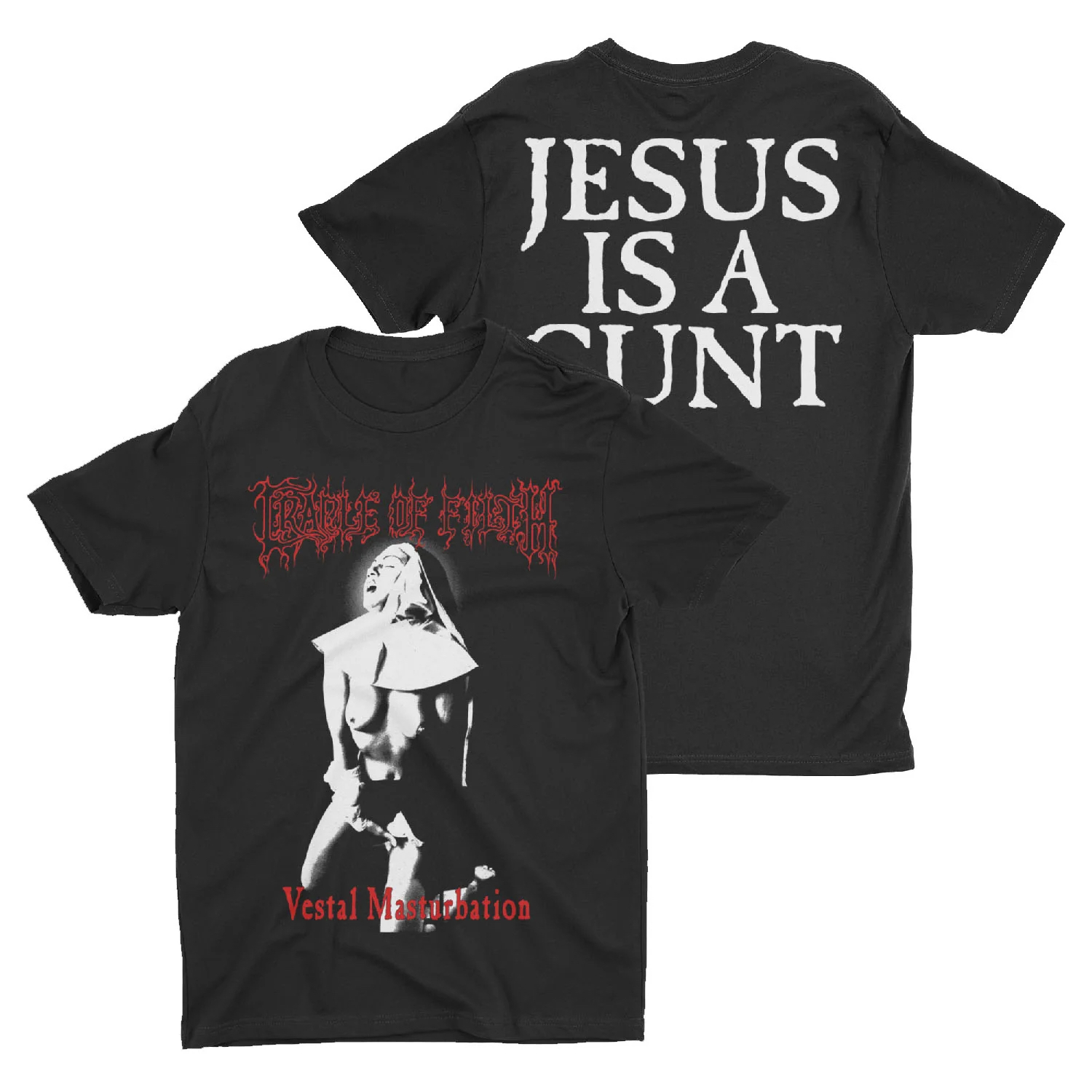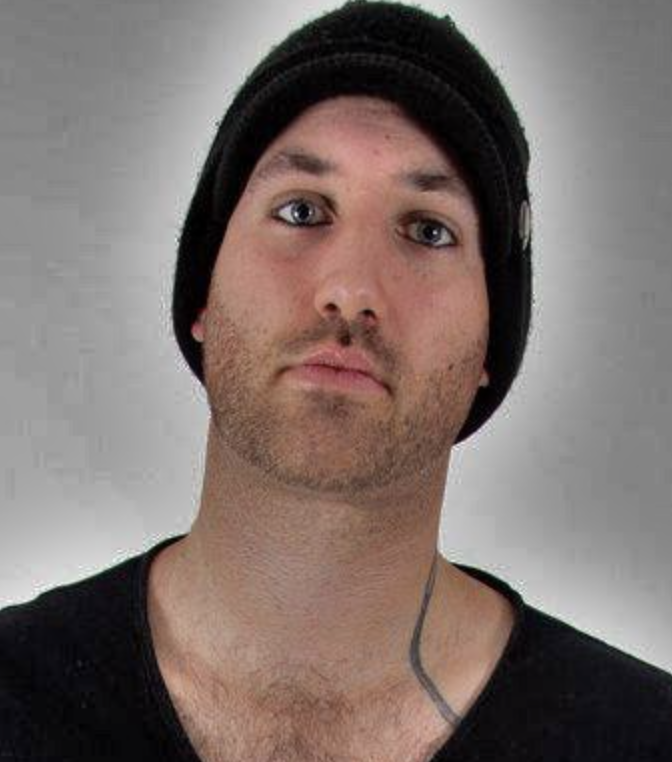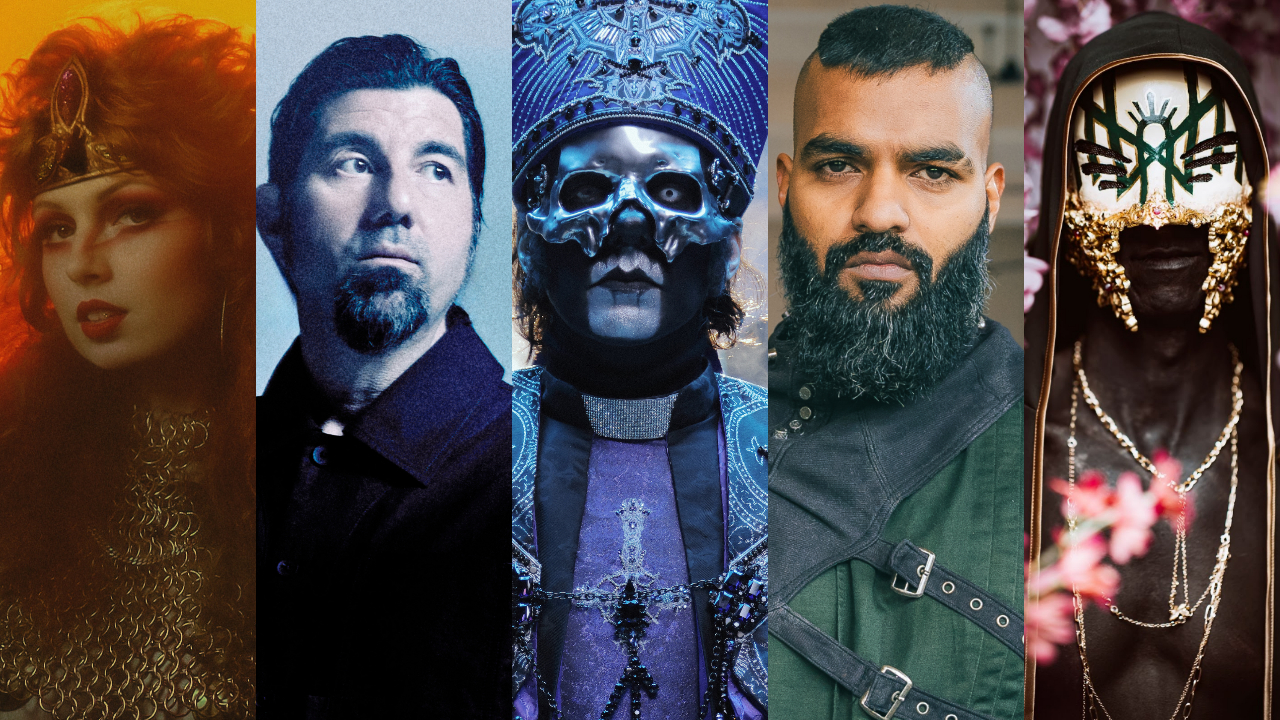Blood, ghosts and tabloids: how Cradle Of Filth's Cruelty And The Beast took black metal mainstream
Cradle Of Filth needed an album that'd start getting their music as much attention as their t-shirts. They delivered in style.

For your average rock and metal fan, black metal was a hell of a hard sell. It was bleak, it was raw, it was phenomenally harsh both in sound and aesthetics and some of the behaviour of the Norwegian second wave bands was genuinely shocking, even by heavy metal standards.
As the 90s progressed and the furore of the murder and arson associated with the scene died down, nu metal, with its “come-one-come-all" embracing of hip-hop and dance culture, became the dominant movement in heavy music. At that point, the idea of a “crossover” black metal band seemed inherently ludicrous.
But, against all the odds, with help from the spirits of 17th century witches, a Hammer Horror legend, a BBC documentary and inspiration from fabled Hungarian Countess and murderer Elizabeth Bathory, when Cradle Of Filth released their third album, Cruelty And The Beast, that’s exactly what happened.
The debate about the legitimacy of Cradle Of Filth in the black metal scene still ruffles a few feathers today, but back in 1998 it was raging. While over in Norway, the scene was resolutely anti-establishment and clung to a deliberately rudimentary aesthetic, Cradle flew in the face of the genre's tropes and expected norms. They courted mainstream attention, brought a sense of gothic romanticism and melodrama to their music, seemed to have their tongues (at least partially) in their cheeks and appeared happy to hog the limelight as much as they could.
After the release of their second album, 1996’s Dusk...And Her Embrace, Cradle Of Filth’s profile grew at an alarming rate. Not only did were the rock and metal press queuing up to get the latest hot take from Dani Filth, with the enigmatic frontman being given his own column in Metal Hammer that year, but even more mainstream press outlets covered the band. Much of this was thanks to the controversy surrounding their notorious “Jesus is a C**t” t-shirt; so shocking was the shirt that two fans and the band's drummer, Nicholas Barker, got into serious trouble with the law just for being seen wearing the garment in public. It may seem quaint now, but back in the late 90s, it was big news, and it catapulted Cradle onto the tips of tongues that would otherwise not have been aware of the existence of black metal.

It seemed that everyone knew who Cradle Of Filth were, but they were still yet to have a true breakthrough album with songs that'd grab as much attention as all the controversy they were courting. It’s something that Cradle sought to rectify when they went into the studio to record their third album in DEP International Studios in Birmingham in January 1998.
During the conception of the record, Dani and his fiancé holed themselves up in an old house in Hadley in the outskirts of North London, a borough famous for being the site on which the famous Witchfinder General Matthew Hopkins found, charged and executed a group of women in the 1600s. The atmosphere of the building had a big influence on Dani, who claimed that the spirits of the women were haunting his property. “It has a certain atmosphere to it,” he told Virus Mix. “There’s loads of weird shit that goes down there. I’ve seen things or people or shapes or felt things in our house regularly when they visited.”
Sign up below to get the latest from Metal Hammer, plus exclusive special offers, direct to your inbox!
Wanting to capture that same atmosphere on their new record, the band began to flesh out ideas for songs, and eventually decided they were in a position to record their first ever concept album. Cruelty And The Beast was to tell the legend of the 16th century Hungarian blood-countess, Elizabeth Bathory.
“On previous records we have alluded to her in certain contexts, but it just seemed the right time to do something full-blown,” Dani told Metal Rules in 1999. “It seemed a perfect opportunity to incorporate not only the myth behind her but the reality, and give it a Cradle Of Filth texture, to turn it into a dark fairy tale.”
It felt like a great fit. Much like Cradle themselves, the legend of Bathory, who is said to have murdered hundreds of young girls between 1590 and 1610, had swelled and splintered off into all manner of unquantifiable myths. Tales of her drinking and bathing in her victim's blood to help maintain her youth are as commonplace as the (nonsense) tabloid rumours of Cradle Of Filth burning churches and indulging in Satanic sacrificial rituals were back in the 90s.
The band also pulled off something of a coup when they hired Ingrid Pitt, the cult actress who appeared in many of the classic Hammer Horror films of the 1970s, to lend her voice to the project as the narrator on two tracks.
"We approached her because we're big fans of the Hammer Horror genre," said Dani in Gavin Baddeley’s biopic of the band, The Gospel of Filth. "When she came, she stayed far beyond what she was paid to do, so she evidently enjoyed herself."
With a concept to tie their grand musical ideas to, some high-profile collaborators and a growth in profile leading to more eyes on the band than ever before, Cradle of Filth released Cruelty And The Beast on May 5 1998. It became their most successful album, entering the UK album charts at a mightily impressive number 48, going on to sell over 100,000 copies in the US and more than 600,000 worldwide. It was enthusiastically embraced by both fans and critics.
In fact, so universal was the praise for Cruelty... that the most dissenting voices toward the album came from members of the band themselves. Both drummer Barker and backing vocalist Sarah Jezebel Diva have since spoken up about how unhappy they were with the production of the record, with Barker saying he (unsuccessfully) demanded that the record be delayed until its sonic problems were fixed and Diva claiming she was reduced to tears after hearing how her vocals ended up sounding like “I had my head in a toilet.”
Regardless, out in the metal community, the opinion was very much that Cradle now had an album worthy of their reputation. Soon, Cradle Of Filth shirts started showing up at any metal show you attended, be it Korn, Metallica or any other high-profile artist from the time you care to mention. The unlikely promotion of a black metal-adjacent band into metal’s top table was complete.
Listening to Cruelty And The Beast 25 years after its release, it’s clear why Cradle Of Filth became the band that dragged more casual fans into the putrid world of black metal. It's a venomous album, full of jagged, vicious riffs, some pummelling and relentless drum work from Barker and Dani’s now iconic, shrill and bloodcurdling screeches, but the symphonic hooks, the soaring, Maiden-esque melodies and the gothic grandeur of Bathory’s story are all easily relatable for fans of goth or classic metal.
And yes, while the disgruntled Cradle members who were unhappy with the record's sound were ultimately proved right when we all heard the far superior, remixed Re-Mistressed version that was released in 2019, the brutal majesty of tracks like Cruelty Brought Thee Orchids, Desire In Violent Overture, The Twisted Nails Of Faith and Lustmord And Wargasm means that, on a musical level, the album itself still sounds incredible.
By the end of 1998, Cradle had further cemented their crossover status by appearing on the now defunct BBC TV series Living With The Enemy, where they were joined on tour by the disapproving Christian mother of one of their fans. The band on their best behaviour, sharing a cup of tea and making small talk with a middle-aged lady was a moment of must-see 90s telly for metal fans.
Cradle’s upward momentum didn’t stop there, either; within five years they’d be signed to major label Sony, and the likes of Dimmu Borgir and Satyricon were joining the party by further exposing black metal to the masses. Prior to Cruelty And The Beast, that very sentence would seem like pure fantasy. In reality, it was an album that took a black metal band from Suffolk to an almost impossible level of popularity, a landmark release in metal’s history that opened a portal into a world of extreme music for hundreds of thousands of fans around the globe.

Stephen joined the Louder team as a co-host of the Metal Hammer Podcast in late 2011, eventually becoming a regular contributor to the magazine. He has since written hundreds of articles for Metal Hammer, Classic Rock and Louder, specialising in punk, hardcore and 90s metal. He also presents the Trve. Cvlt. Pop! podcast with Gaz Jones and makes regular appearances on the Bangers And Most podcast.
